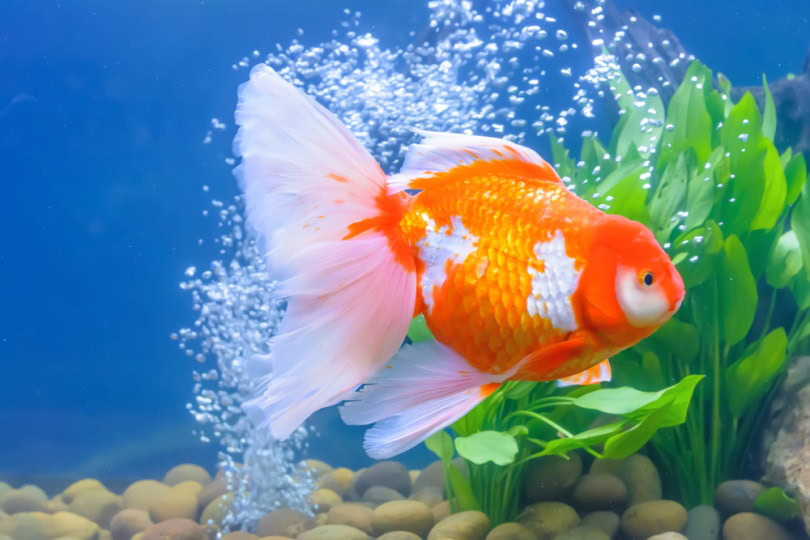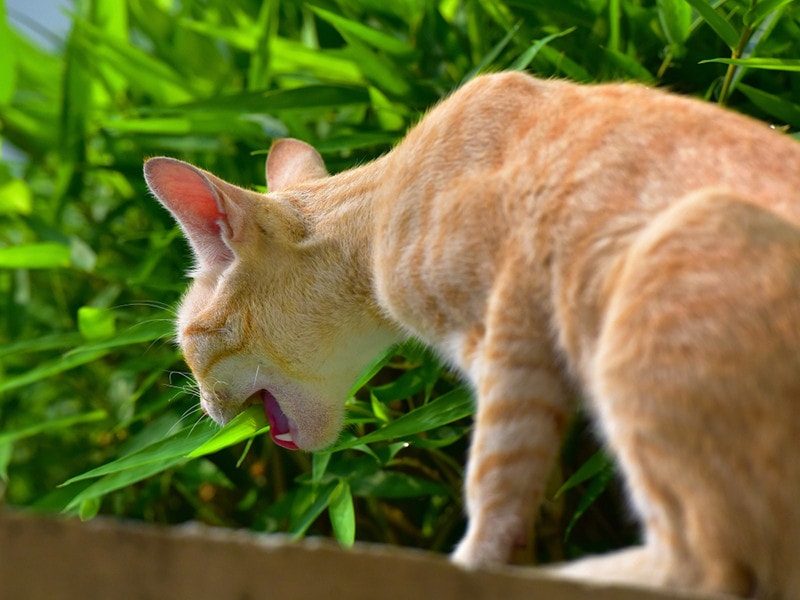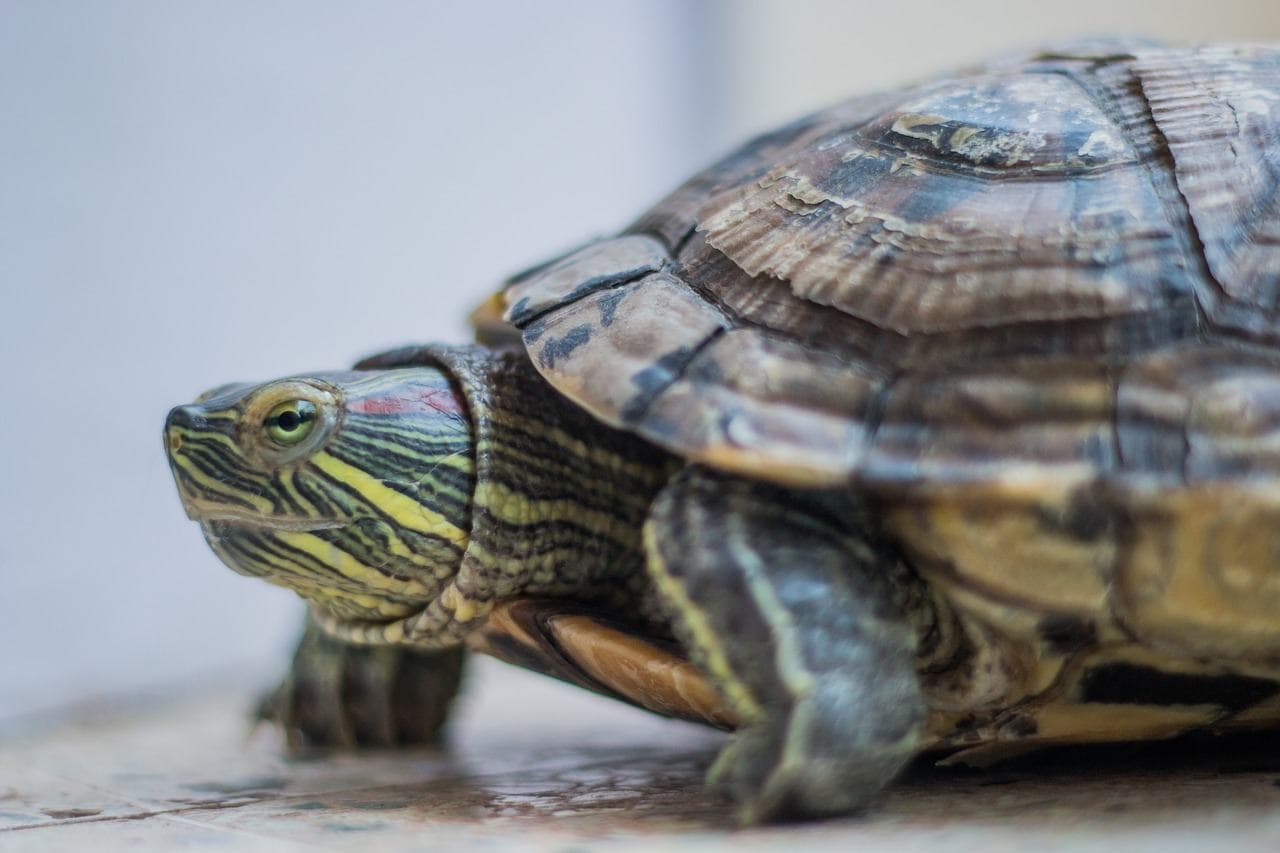VET APPROVED

The information is current and up-to-date in accordance with the latest veterinarian research.
Learn more »Goldfish are naturally freshwater fish and thrive best in an environment with a low salinity content in the water. However, a goldfish can survive in mild brackish water conditions with moderate to low amounts of salinity (around 8 parts per thousand). Being in brackish water doesn’t afford the goldfish any benefits and is therefore not advised for them on a long term basis.
Very few goldfish keepers will recommend keeping goldfish in an environment high in salt simply because a goldfish is not designed to function properly in water with a high concentration of salt. Aquarium salinity should not be confused with the use of aquarium salt, as they do not work similarly in the context of changing water conditions.

What Is Brackish Aquarium Water?
A brackish aquarium consists of a mixture of fresh and salty water and is distinctly different in comparison to seawater. The term ‘brackish’ refers to the aquarium waters’ salinity content and it is the middle ground between marine and freshwater. Brackish water contains anywhere between 0.5 to 30 grams of salt per liter (around 0.3 US gallons). The value of the salinity is often written as 0.5 to 30 parts per thousand (denoted by the symbol ‰).
There are many species of fish that can tolerate and thrive well in a brackish aquarium; however, goldfish do not make the list.
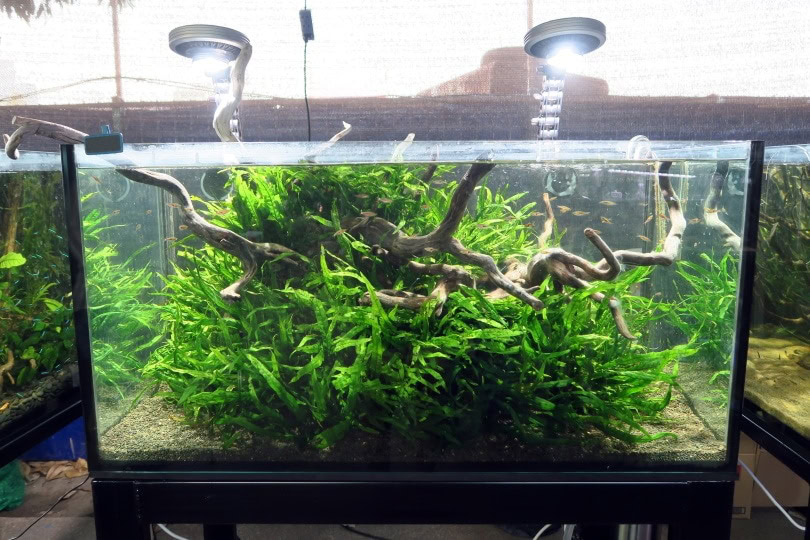
Can Goldfish Live In Salty Water?
A goldfish’s ideal environment would consist of freshwater which can come from your household tap and then be dechlorinated. Nearly all tap water standards all over the world meet the requirements for a goldfish’s needs.
Goldfish can survive in saltwater for a short period, but it will not be good for them simply because their body and organs are not designed to live in high concentrations of salt. This makes goldfish unable to live in brackish water because of their physiological adaptation. Goldfish require less salt to maintain osmotic pressure than other fish which have adapted to living in brackish or marine conditions.
During this bodily osmotic process, goldfish will discharge water from their body to regulate a state of equilibrium. These body organs include the kidneys, liver, and intestines. The main organ affected by high concentrations of salt will be a goldfish’s kidneys because this organ helps to flush out waste and ions.
A sudden increase in the salinity of the water in a goldfish’s habitat will place a lot of unnecessary stress on their bodies as their organs have not adapted to processing large amounts of salts. This means that your goldfish will exert more energy to stabilize the way their body functions to stabilize organ functions in this new environment.
Understanding the intricacies of water filtration can be tricky, so if you're a new or even experienced goldfish owner who wants a bit more detailed information on it, we recommend that you check out Amazon for the best-selling book, The Truth About Goldfish.

It covers all you need to know about creating the most ideal tank setup, goldfish care, and more!
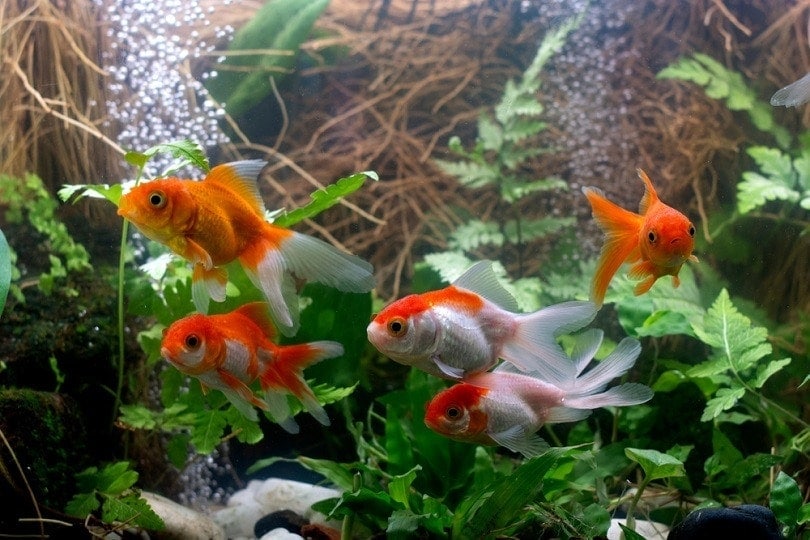
How Long Can a Goldfish Live in Brackish Water For?
The length of time a goldfish can survive in brackish water will depend on how much salt has been added to the aquarium. In some instances, when a slight increase of salt is added to your goldfish’s home, they may be able to adapt and not be affected by a low salinity content. However, if large amounts of salt are added to your goldfish aquarium, it can put their organs in distress and make them work extra hard to function properly. This stress can often be fatal to goldfish.
In experiments where goldfish were suddenly introduced to brackish waters, it was shown that they were adversely affected after around 60 minutes in 20‰ (20 parts per thousand), but only after 30 minutes in 30‰ (30 parts per thousand). 1
Another study found that goldfish are able to tolerate salt levels without them adversely affecting their growth at levels of up to 8‰ (8 parts per thousand)2 which is considered on the lower end as far as most brackish aquariums are concerned. This study also concluded that their upper limit of tolerance for salinity was 20‰.
In nature, wild carp (related to goldfish) have been seen in waters with a salinity level of 17‰ (17 parts per thousand).3 However, it’s likely that these fish slowly adapted to the changing salinity of their environment instead of being introduced to the waters suddenly (which is what happens to most pet fish). In nature, the gradual evaporation of water from ponds, lakes, rivers, and streams does indeed alter the salinity of the water. However, as this is a gradual process, it often doesn’t heavily impact the physiological state of the fish in the body of the water.
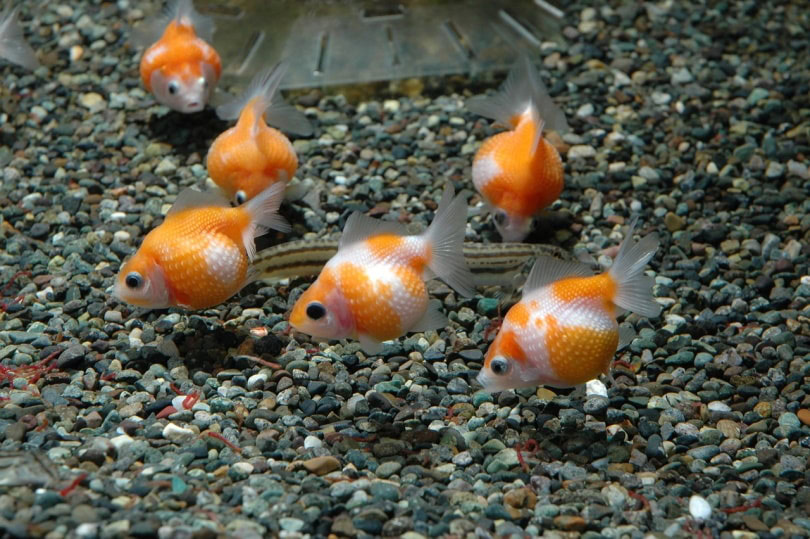
What About Aquarium Salt?
Aquarium salt is a popular product marketed for fish care. It is essentially non-iodized table salt (NaCl), and can be beneficial for many freshwater fish when used as part of a treatment plan for some conditions.
A common misconception among fishkeepers is that aquarium salt is what needs to be added to an aquarium to make it brackish or even marine. This is not true; the salt required to make an aquarium brackish or marine-friendly is evaporated sea salt. It is distinct from aquarium salt as it also contains other trace minerals and elements necessary for the fish that live in such waters.
Adding aquarium salt to an aquarium will definitely turn your water more saline. However, it is not going to be beneficial or healthy for your fish (and more importantly, it will not achieve a good brackish or marine environment). For this reason, you should only dose aquarium salt at the recommended amount (found on the label of the product) to a hospital tank when using it for treating a specific condition in your fish. When used as directed, aquarium salt will not make salinity levels uncomfortable for your goldfish.
This also means that you should only use evaporated sea salt to make an aquarium brackish or marine (if this is indeed the type of setup you are going for). Aquarium salt or table salt will not be a substitute for evaporated sea salt.

Final Thoughts
It is best to stick to keeping your goldfish in a freshwater environment that they have adapted to live in. It is not necessary to create a brackish environment for goldfish and may cause more harm than good for your fish.
Aquarium salt should not be a cause of concern for your goldfish when dosed properly for them. However, you definitely wouldn’t want to have your goldfish in a brackish aquarium for a long period of time, as doing so doesn’t seem to be beneficial for them.
Featured Image Credit: Decha Photography, Shutterstock
